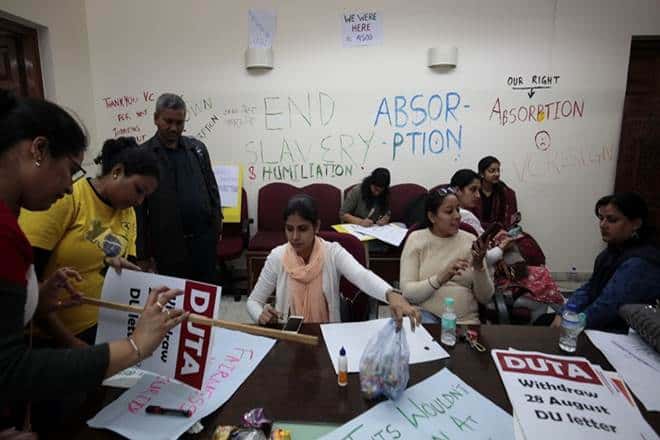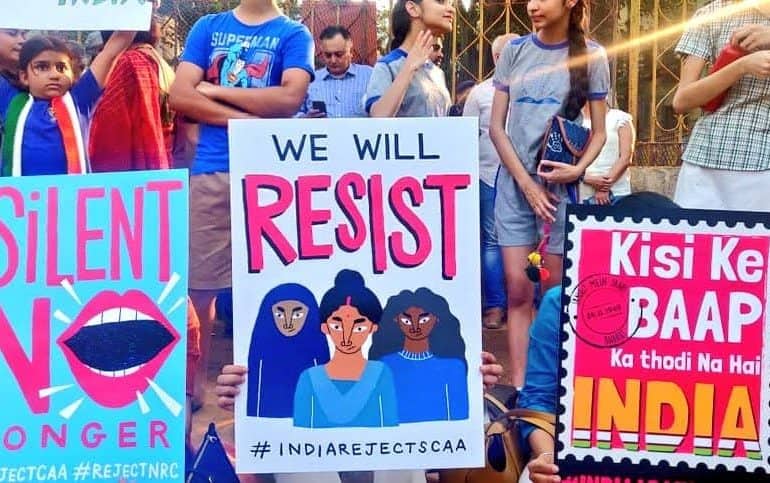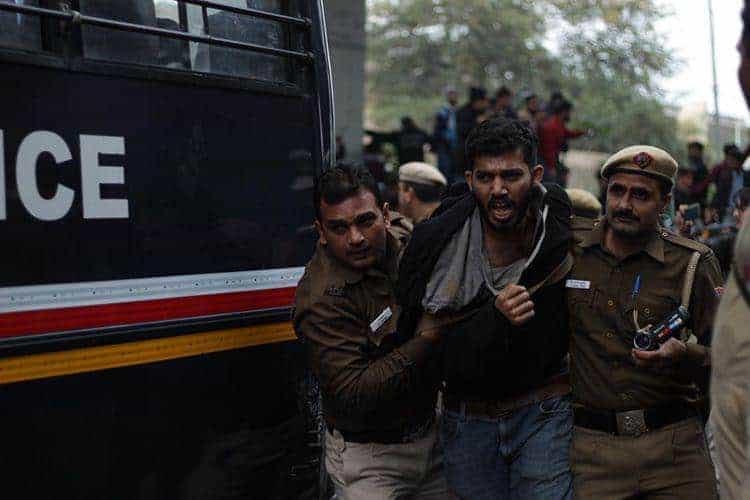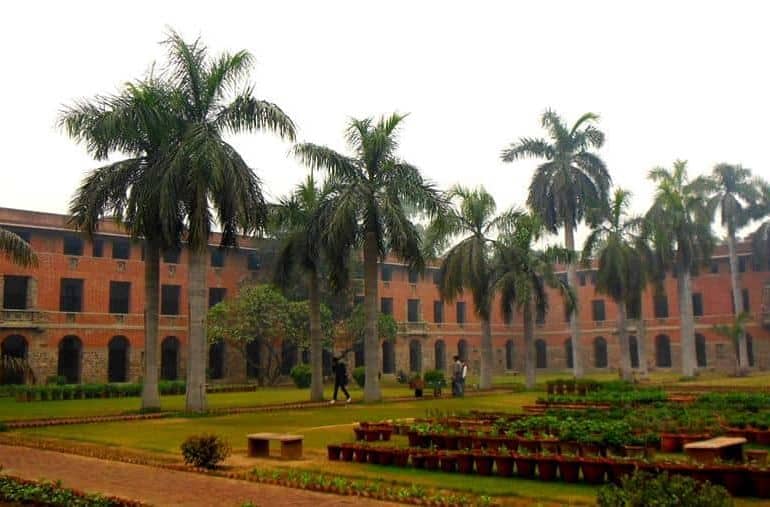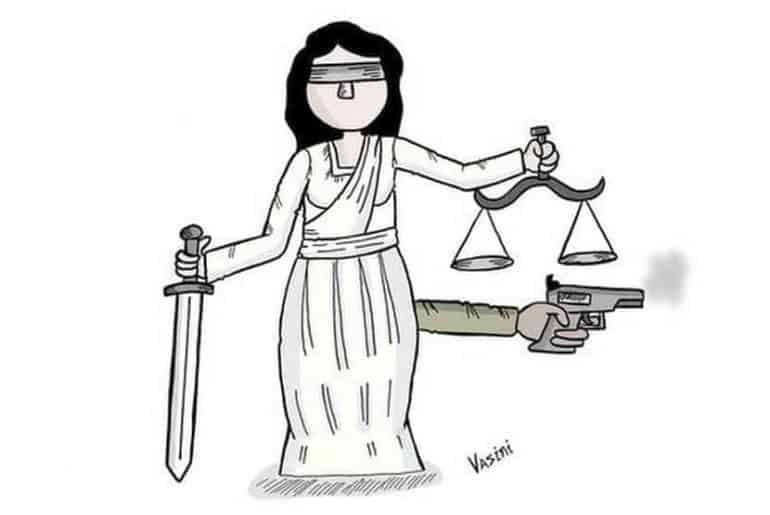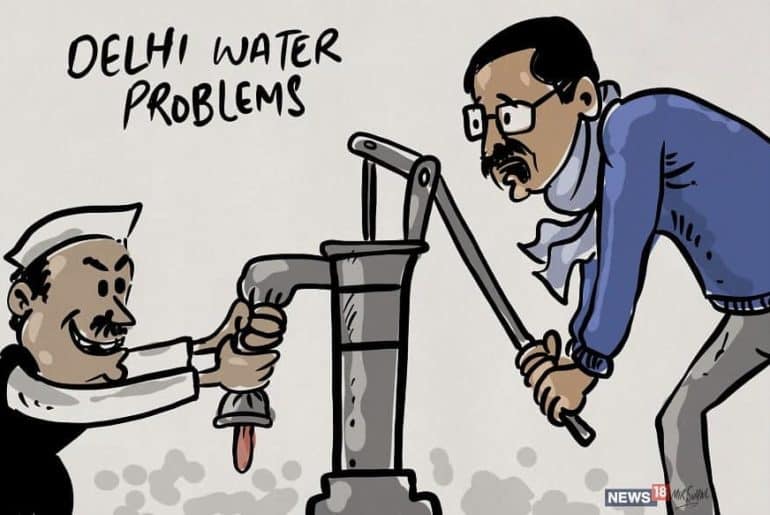This piece aims to answer the following questions- do these courses guarantee a job? What’s the reason behind so many students not finding a decent job? What is the merit of these long, hard years of education?
In the Indian education system, the success of the education imparted is measured by the size of the package, and in the Indian society the prestige of a person is as big as their cabinet. This desire has set a generalised pattern for all, and it uplifts those courses that guarantee job placement. Hence, 9,35,741 students appeared for the JEE MAINS this year or why children are often pressurised by their parents to take Science, because “kaafi scope hai na.”
Students face tremendous pressure to first get extraordinary great marks to beat the cut-offs, then do extremely well in their entrances for their masters or carry the enormous burden of their undergraduate just for landing a job. Each level of education is just a steppingstone to a job. Yet, we face one of the biggest unemployment challenges ever. How can a system which has made children as young as twelve internalise the need for a good job, fail at that same thing?
As per United Nations Children’s Fund (UNICEF), over half of the Indian students will not be eligible for 21st Century jobs and here are few reasons for it:
1. Increased competition
The days when college was only accessible to the rich and elite are over. College has become more affordable and much more competitive. This happens due to the wave of the popular profession. In the 1980s, Law was considered the profession that gets students a job, in the 1990s it was replaced by civil services and medical practice. In the 2000s, Engineering took off and now it is Chartered Accountancy. The result?
A record number of college applications across the nation, resulting in more college graduates, and thus, more competition for the limited number of jobs available on the market.
The secondary effect of this is that the days when having a degree alone would get you a job are over. The “prestige” that comes with having a degree has now become diluted with the rampant number of students graduating in that highly concentrated field.
2. Little or no work experience
This about the student’s famous catch 22 position. This situation arises when they have no job experience, yet all the jobs out there require it if you want to apply. So, they can’t get a job because they have no experience and in order to get a job, they need a job for work experience, but they can’t get a job without work experience and the cycle viciously continues.
One way to get out of this cycle is to not pass up on jobs that you may think are beneath you. Swallow your pride and take those jobs or intern for free at a company you would like to work at. Always keep in mind that jobs can lead to other jobs.
3. Lack of networking
Many people get jobs through referrals. Statistics show this is how a majority of people get their jobs. The reason why word of mouth is so effective is that it cuts through all the worry of whether, or not, this person can do the job.
If somebody has been working for a company for some time, then that employee knows what it takes to succeed, and if that employee knows somebody who can do it, it’s an easy fit. The employer will trust the employee referring the new candidate and the new candidate will most likely get the job.
4.The age-old syllabus
It’s very likely that if you do the same course as your parents, the syllabus covered by both of you would be the same. So much so, that even the books would be the same despite the rampant technology growth. There’s a huge difference between the job that students want, and the course taught to them. Their course even lacks the skills required to handle 21st Century jobs. Hence, the conventional pattern never breaks.
5.Lack of personal and social skills
The biggest myth is that a degree guarantees a job, however in many cases, students have landed jobs due to their great interview skills or lifted attitude. But those skills are never taught, let alone talked about. As per a study conducted by BridgeLabz, more than one-third of the engineering students were non-employable and the biggest reason for it was lack of self-confidence. In India, as many as fifty three percent will leave secondary school without getting the skills needed for a decent job.
India, in particular, has to worry about its current and future unemployment too. According to the Centre for Monitoring Indian Economy (CMIE), its unemployment rate stood at 8.45 percent. As more sectors fall into the throes of the ongoing slowdown, like auto, followed by telecom and IT, joblessness is all set to rise. Three major technology giants, Capgemini, Infosys, and Cognizant are cutting as many as five hundred senior-level jobs. Further, the future of as many as one lakh employees of BSNL’s vendors are in limbo, as the telecom operator is yet to pay 200 billion INR in dues.
There is no doubt, that the education system is flawed, there is a much greater emphasis on marks than practicality. And it is evident, that a dire change is how students approach higher education is required but the dreading economy doesn’t help their case either.
Featured Image Credits: DU Beat
Chhavi Bahmba
[email protected]

